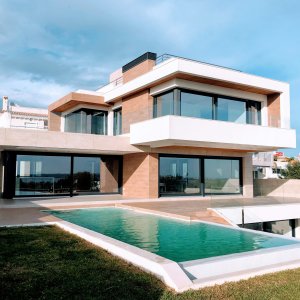The International Code Council (ICC) released the 2024 International Energy Conservation Code (IECC) on August 14th.
The IECC is a set of model codes that establish minimum requirements for energy efficiency in residential and commercial buildings.
It is the most widely adopted energy code in the United States and is recognized in federal law as the national model energy code for low-rise residential buildings.
The ICC issues a new edition every three years for adoption, revision, and enforcement by states and municipalities within their jurisdictions, and the residential provisions of the IECC also provide the basis
for the International Residential Code (IRC) Chapter 11, Energy Efficiency.
The release of 2024 IECC completes a three-year code development cycle unlike any other.
While the 2024 IECC will achieve higher energy savings than the 2021 edition, the residential provisions will provide builders with greater flexibility and a wider range of options to achieve compliance.
The most significant changes to the residential provisions include:
Ceiling insulation requirements are being restored to 2018 IECC levels and provide additional design flexibility for wall insulation in Climate Zones 4 and 5.
The mandated compliance path will require additional efficiency practices from a list of dozens of measures for which credits have been assigned.
The performance compliance path has been updated and expanded to again allow equipment tradeoffs and identify duct locations.
The Energy Rating Index (ERI) compliance path has been updated to improve its usability.
Regulations for existing buildings have also been significantly updated.
The 2024 IECC will also include appendices (which states and municipalities may choose to adopt as part of the mandatory requirements in their jurisdictions) designed to achieve state
and local electrification goals as well as higher performance levels, including the option to achieve zero net energy in residential and commercial buildings.





